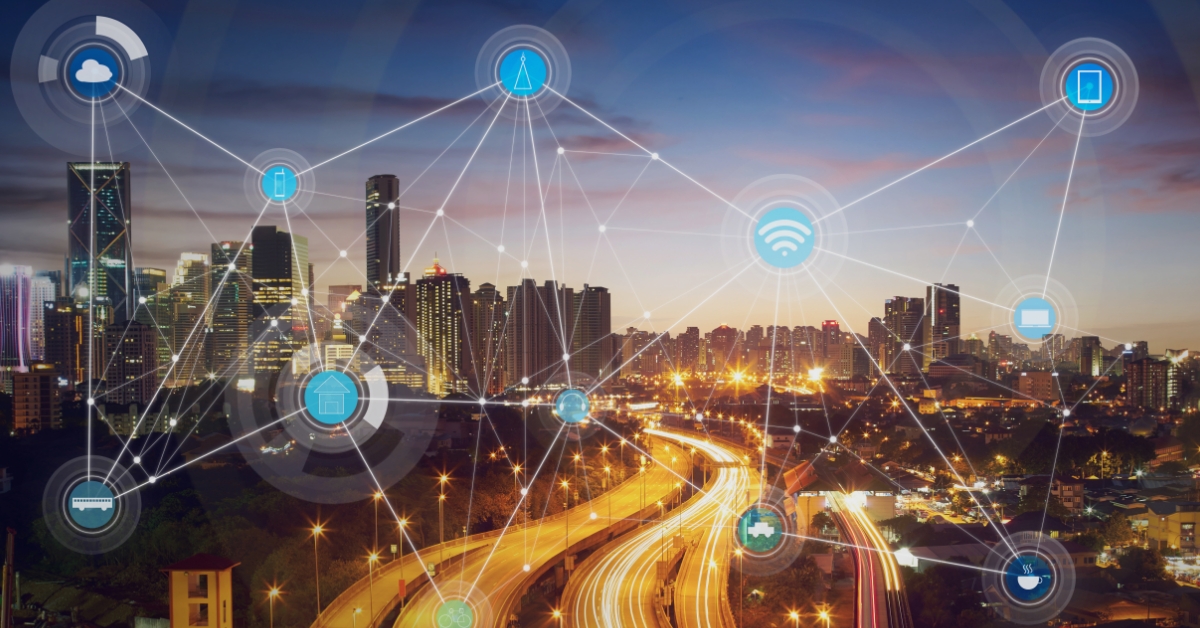The first Digital Agenda (2010-2020) proposed harnessing the potential of information and communications technology (ICTICT An acronym for ‘Information and Communications Technology’. ICT is the set of technologies that provide access to information via telecommunications. Unlike information technology, ICT is more focused on communication technologies, such as the Internet, wireless networks, mobile phones and other means of communication.) to foster innovation, economic growth and progress by improving access to digital goods and services for consumers and businesses across Europe. The second Digital Agenda for EuropeDigital Agenda for Europe The first Digital Agenda (2010-2020) proposed harnessing the potential of information and communications technology (ICT) to foster innovation, economic growth and progress by improving access to digital goods and services for consumers and businesses across Europe. The second Digital Agenda for Europe (2020-2030) focuses on the profound changes brought about by digital technologies and the creation of secure digital markets and services. Gigabit connectivity, 5G and 6G, and European data infrastructures are also among the priorities. In 2021, the strategy was complemented by the Digital Compass 2030 with a strong focus on the issue of connectivity. For more information visit the European Commission’s official website. (2020-2030) focuses on the profound changes brought about by digital technologies and the creation of secure digital markets and services. GigabitGigabit The Gigabit is the unit of measurement that represents 1 billion bits and is abbreviated as Gbit or Gb. This unit of measurement is often used, together with the megabit and the kilobit, in relation to time (in seconds) for calculating the transmission speed of digital signals, mainly used to calculate the speed of a data download. The Gbit/s is currently a widely used unit of measurement to refer to data transmission speed in computer networks. connectivity, 5G and 6G, and European data infrastructures are also among the priorities. In 2021, the strategy was complemented by the Digital Compass 2030Digital Compass 2030 Through the 2030 Digital Compass, the European Union has set 4 macro-targets for member states to achieve in the areas of skills, business, infrastructure and public services. In terms of Gigabit connectivity, this plan stipulates the availability of a fixed ultra-fast network (at least 1 Gbps) and a mobile network (5G) in all populated areas of the continent by 2030. To learn more about the 2030 Digital Compass, visit the European Parliament website. with a strong focus on the issue of connectivity. For more information visit the European Commission’s official website.
28.03.24
Tecnology and Innovation
Blockchain and FTTH fiber-optic network, all the advantages in healthcare
Blockchain technology enables reliable and transparent data management. This offers many advantages in healthcare In recent years, there has been a revival of interest in blockchain: this technology can provide greater security and efficiency in the management of information, making it the preferred solution for data processing, especially in the health sector. We take a […]
29.02.24
Tecnology and Innovation
What is Challenge Based Learning (CBL), the new way of learning in school 4.0
CBL is a learning method based on finding a solution to a concrete challenge. Here we reveal how it works and how FTTHFTTH “Fiber to the Home” is the technology that connects POPs, located in exchanges, to end users’ property units with fiber optics. fiber optics is its trusted partner The digital evolution in education […]
29.02.24
Open Fiber World
TeleSmeg project: new digital solutions for a zero-emission future
New digital solutions to optimise the energy management process: this is the goal of TeleSmeg, a project conducted as part of the RESTART programme. The energy transition cannot be separated from the digital transition: this is the idea behind TeleSmeg, the ambitious project conducted as part of the RESTART research and development programme, for which […]
09.02.24
Open Fiber World
FAAS project: even more efficient FTTH fiber optic for seismic monitoring
Discovering the FAAS project, a further step in the use of FTTHFTTH “Fiber to the Home” is the technology that connects POPs, located in exchanges, to end users’ property units with fiber optics. fiber optic for seismic sensing. A collaboration with the Politecnico di Torino, the National Institute of Geophysics and Volcanology (INGV), and the […]
01.02.24
Connectivity as a primary need: data from the EY survey
According to a recent EY survey, in spite of rising prices, connectivity remains a primary need for citizens. What role does Open Fiber play? Connectivity is a primary need for citizens, according to the recent EY survey ‘Decoding the digital home study’. The survey, conducted on 2,500 households in Italy and over 20,000 globally, analysed consumer […]







